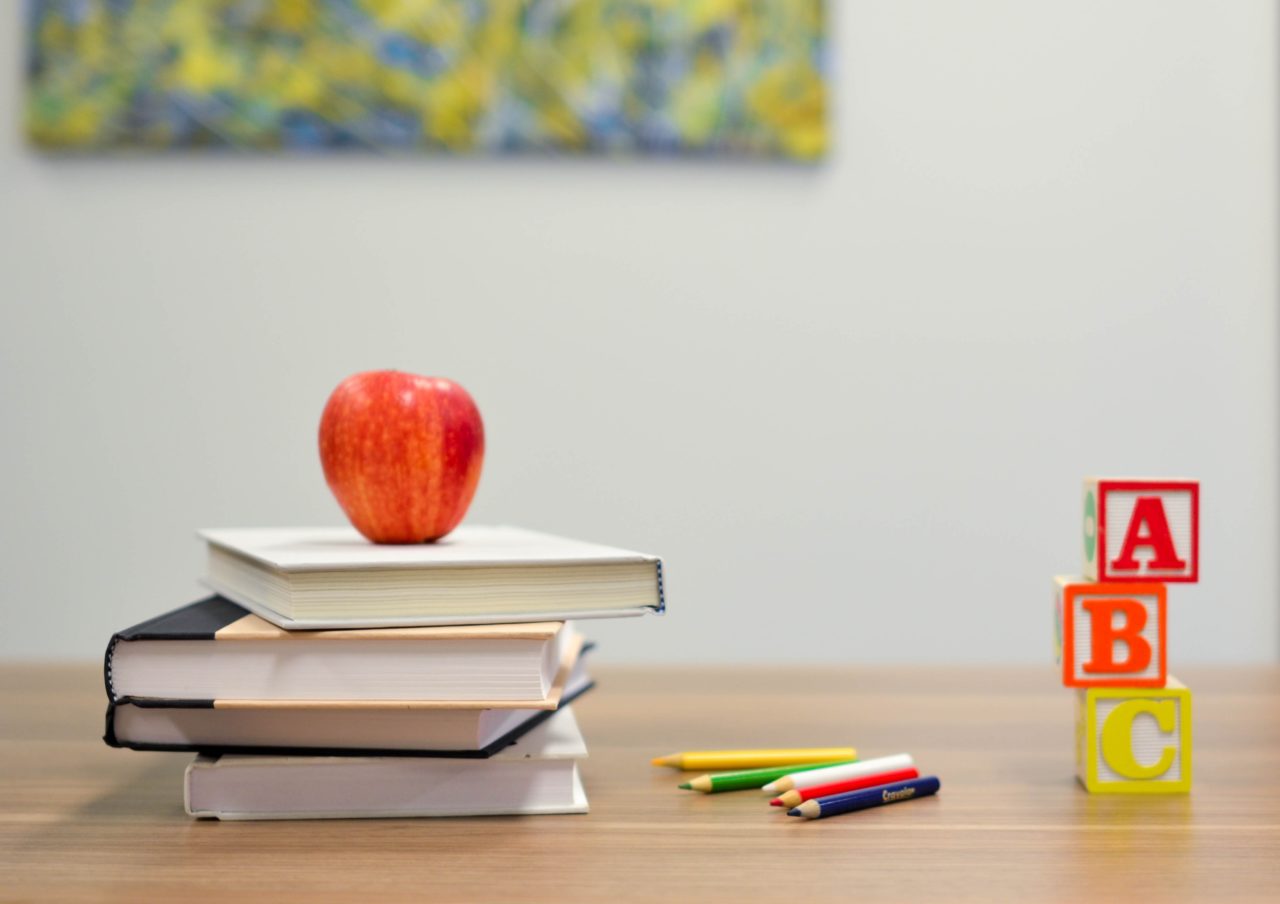The second in my ‘How To’ series, this post looks at how you establish yourself in those first few lessons at school. Here are my top 5 areas to consider. It’s worth noting I am a secondary teacher so not all of these tips are right for primary trainees – sorry!
1. The Introduction Lesson
Oooh the biggy. The introduction lesson is probably one of the most important you’ll ever do, because it sets the tone of the year. People have different approaches. Some love an ice-breaker lesson with little activities where you get an idea about your students. I have to admit, I hate these. I didn’t like doing them then,I still don’t now and to be honest I don’t want to set the tone that this is going to be a “fun” year.
I go in straight with silent lining up outside the classroom, checking uniform, sitting down and then I explain who I am, what my expectations are, give brief overview of what we’re studying and then I start teaching.
I know this sounds mean and nigh on Dickensian, but you will spend 4+ hours a week with these classes and you will get to know them through that so much better than you will during a round of 2 truths and a lie.
Do the same thing every single lesson following too: if you tell them they’re going to line up single file in silence before coming in, then that’s what they do. After a few lessons, they do it themselves but having those routines makes behaviour management so much easier, even with a difficult group.
2. Your interactions
When I consider my worst observation last year, it’s easy to pinpoint. Thursday, P4 before lunch. Year 11, who should be focused on poem annotation, were focused on making my lesson a tiny version of hell. I was fierce, I was annoyed, but I was in control. I remember my mentor commenting on my ability to be scary to the naughty student, then lovely to the student who needed help. She also told me at 5’1 and blonde, I’m always going to have to work a little harder than tall, dark, austere looking teachers to control my room. she was right and ultimately, interactions with students are about you controlling the room.
This might mean you’re smiling then doing the teacher stare, on and off like a broken light switch for an hour. This might mean you have to hold your face stone dead when a kid says something hilarious but inappropriate. Sometimes it means saying literally nothing and just looking at your class. If you are always all smiles and giggles, they’re going to be in control of the interactions, meaning that behaviour is going to be so much harder to control. I’m absolutely not saying never have a laugh, and definitely not ‘don’t smile until Christmas’ – but it’s on your terms when those laughs happen.
3. Your reactions
This is really key. If a child pushes a desk over and calls you a bitch, what are you going to do? This happened to me this summer term just gone and I responded how I do to all behaviour problems: quietly. I asked him to leave the room and then carried on teaching my lesson. He had ‘the last word’ leaving the room and the rest of us got on with Macbeth.
Your reactions to things are important: remember children love to push buttons and if they know you’ll have a meltdown meaning they don’t have to do any work, they’ll make it happen. Word also travels fast: if one class knows you do that, they all know you do that. If you have a warning/caution/detention/out system, like most places do, it’s good to have sections for these on your board. Just keep writing names. If they ask why, explain but don’t get into a discussion. I like to do this with lates too: that way I don’t ruin my lesson with the discussion, but I know who was late and I keep them after.
Don’t get emotional, don’t use personal language (‘I am so hurt you said that to me’ etc). Keep it as facts, write it down on SIMS or whatever you use as facts. Don’t narrate after they leave the room (‘Oh I’ll tell him off later’), don’t be the person who always has to have the final word and most importantly: focus on teaching your lesson.
4. Your use of voice
This one ties in with No.3. Your voice (along with your stare) is one of the most powerful teaching tools you have. Your voice takes a lot of strain when you teach, because you’re projecting all day (hot honey and lemon will help here) and that’s if you’re not a shouter. Now I know in PE you need to be a great voice projector, but in your standard classroom, you don’t need to yell. It’s not worth it. Shouting often adds to the noise of the room, so you’re drowned out, and linking to No.2, it makes you look out of control.
One of my favourite behaviour management tips is the pin-drop-voice. I had my Y11 class from No.2 P1 the next day. I did the quietest voice ever where I told them their behaviour was unacceptable, any repeat of it will end in removal immediately from the room and that I am here to teach a GCSE class which is what I will continue doing regardless of if I have 1 student or 30. You could have heard the world’s tiniest pin drop. It forces them to listen really, really hard when you do that. Normally, your classroom shouldn’t be loud enough for you to have to talk at anything but normal volume. You should also be aware that a lot of children don’t like shouting and that for the naughty ones, that they probably get that enough at home and therefore your vocals are just the same response they get from everyone else.
5. Your body language/movement
This takes time to learn, but trust me: by July, if you’re standing there at the front silently with your arms crossed, your class know they need to up their game pretty quickly. You need to be present in your classroom, teaching from the front, back and sides. If you have a small class, sit down with them (great for lower ability KS3 who need a bit more Primary-style support). You need to wander, you need to correct little behaviours as you go (you can do these silently too, with post it notes with notes such as ‘stop swinging back on your chair’) and you basically need to be Jay-Z, running your town.
When I teach, I’m big on gestures and using my hands to express what I think. I wander a lot too. I like to use open body language when I’m teaching so that when it shifts to closed, it silently represents that I am not happy. This can take time. I’ve stood there for 6 minutes before they realised I was waiting. Stick it out. Then take that time back off of them. Another great one is dashes – for every 10 seconds they talk without permission, I do a dash on the board. Every dash represents a minute they’ll lose from break. Again, it’s silent. You aren’t letting loose screaming your head off.; you’re asserting yourself in such a controlled manner you don’t even need your voice.
At first this is scary, you don’t want to move away from the computer or the board and it’s hard having 30 humans just staring at you, but it just makes it look like you own your room, until you feel like you do.










